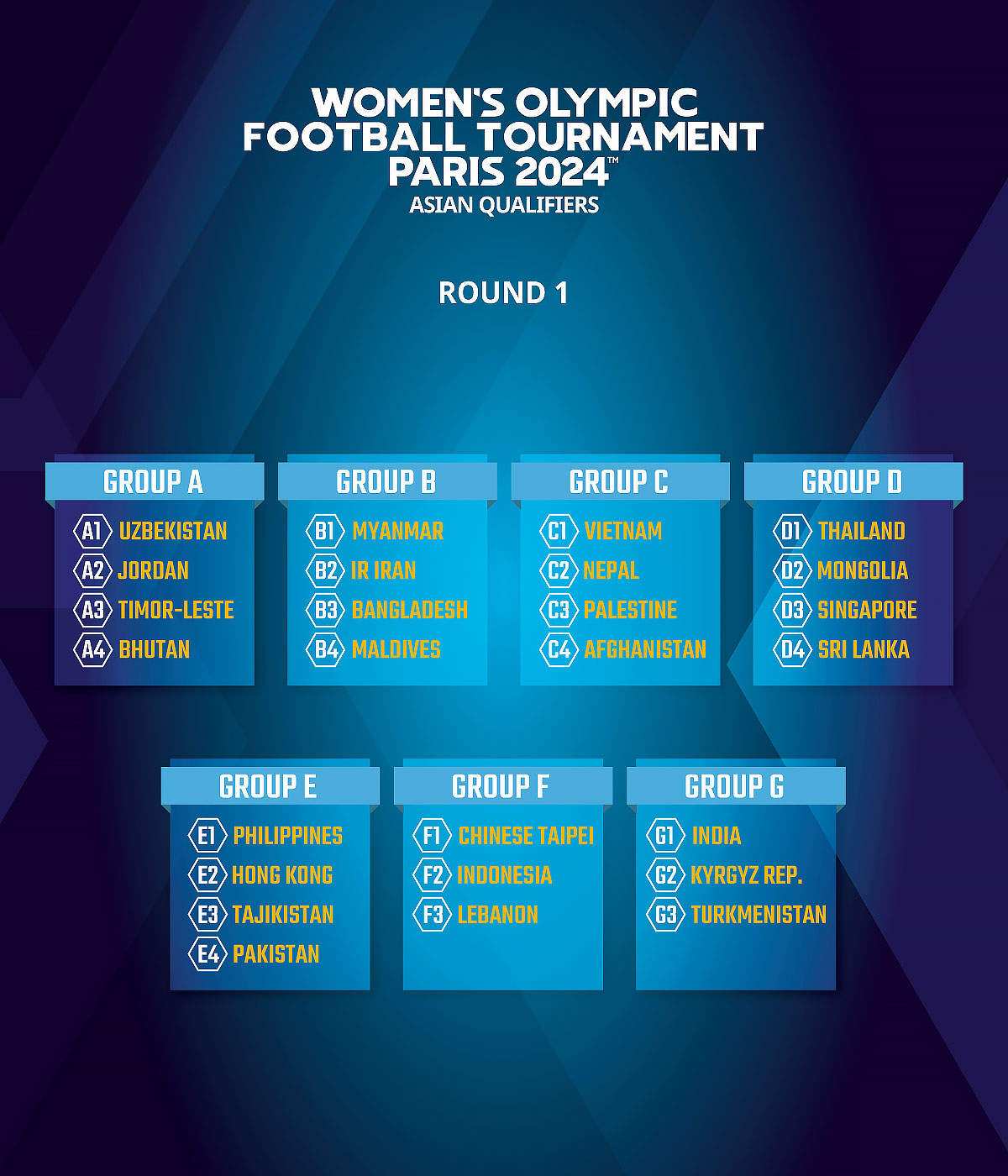
Women’s soccer has grown significantly over the past few decades, and the Olympics have played a pivotal role in this transformation. The Olympic Games offer a global stage for female athletes to showcase their talents, break barriers, and inspire future generations. This article delves into the rich history, unforgettable moments, and the current state of women’s soccer in the Olympics.
Key Takeaways
- The Olympic Games have been instrumental in promoting women’s soccer globally.
- Notable teams and players have left an indelible mark on the sport’s history.
- Challenges remain, but the future of women’s soccer in the Olympics looks promising.
The History of Women’s Soccer in the Olympics
The journey of women’s soccer in the Olympics began at the 1996 Atlanta Games. Although soccer had been a part of the Olympics since 1900, it took nearly a century for women to have their own tournament. The introduction of women’s soccer to the Olympics was a significant milestone, reflecting the growing recognition of women’s sports globally.
Early Years and Growing Pains
The inaugural women’s soccer tournament at the 1996 Olympics featured eight teams, with the United States clinching the gold medal. This victory was a catalyst for the sport’s growth in the U.S., inspiring a new generation of female soccer players. However, the early years were not without challenges. There were disparities in funding, media coverage, and support compared to men’s soccer.
Memorable Moments and Milestones
Over the years, the women’s soccer Olympics have witnessed unforgettable moments. The 2000 Sydney Olympics saw Norway claim the gold, while the 2004 Athens Games marked Brazil’s rise as a formidable force, although they settled for silver. The U.S. team continued to dominate, securing gold in 2004, 2008, and 2012.
The 2016 Rio Olympics were notable for Germany’s triumph, marking their first Olympic gold in women’s soccer. The 2021 Tokyo Olympics, postponed due to the COVID-19 pandemic, showcased Canada’s first gold medal win, defeating Sweden in a thrilling final.
Impact on Global Women’s Soccer
The inclusion of women’s soccer in the Olympics has significantly impacted the sport’s global development. It has provided a platform for female athletes to compete at the highest level, fostering international competition and collaboration. The Olympics have also helped raise the profile of women’s soccer, leading to increased investment and interest in the sport worldwide.

Role in Promoting Gender Equality

The Olympic Games have been a powerful force in promoting gender equality in sports. Women’s soccer at the Olympics has highlighted the need for equal opportunities, pay, and recognition for female athletes. The success of women’s soccer teams has challenged stereotypes and inspired young girls to pursue their dreams in sports.
Challenges and Opportunities
Despite significant progress, challenges remain. There are still disparities in funding, resources, and media coverage compared to men’s soccer. However, these challenges present opportunities for growth and improvement. The increasing popularity of women’s soccer, driven by the Olympics, is pushing for greater investment and support from governing bodies and sponsors.
Notable Teams and Players
Throughout the history of women’s soccer in the Olympics, several teams and players have stood out for their exceptional performances and contributions to the sport.
United States: A Dominant Force
The United States women’s soccer team has been a dominant force in the Olympics, winning four gold medals (1996, 2004, 2008, 2012) and one silver (2000). Legendary players like Mia Hamm, Abby Wambach, and Megan Rapinoe have been instrumental in the team’s success, inspiring countless young athletes worldwide.
Emerging Powerhouses
Other nations have also made significant strides in women’s soccer. Brazil, led by iconic players like Marta, has consistently been a strong contender, reaching the finals in 2004 and 2008. Germany’s victory in 2016 and Canada’s triumph in 2021 highlight the increasing competitiveness of the tournament.
The Future of Women’s Soccer in the Olympics
The future of women’s soccer in the Olympics looks bright, with more countries investing in the sport and nurturing young talent. The increasing competitiveness and visibility of the tournament are expected to drive further growth and development.
Expanding Opportunities
As the sport continues to grow, there are opportunities to expand the number of participating teams, improving the quality and diversity of competition. The inclusion of more teams from underrepresented regions could further enhance the global appeal of women’s soccer.
Advocating for Equality
The fight for gender equality in sports continues, with women’s soccer at the Olympics playing a crucial role. Advocates are pushing for equal pay, better facilities, and more media coverage for female athletes. The progress made in these areas will be essential for the future success and sustainability of women’s soccer.
Women’s soccer in the Olympics has come a long way since its inception in 1996. The tournament has provided a platform for showcasing talent, promoting gender equality, and inspiring future generations. While challenges remain, the future is promising, with increasing investment and interest in the sport. As the world continues to embrace women’s soccer, the Olympics will remain a crucial stage for celebrating the achievements and potential of female athletes.